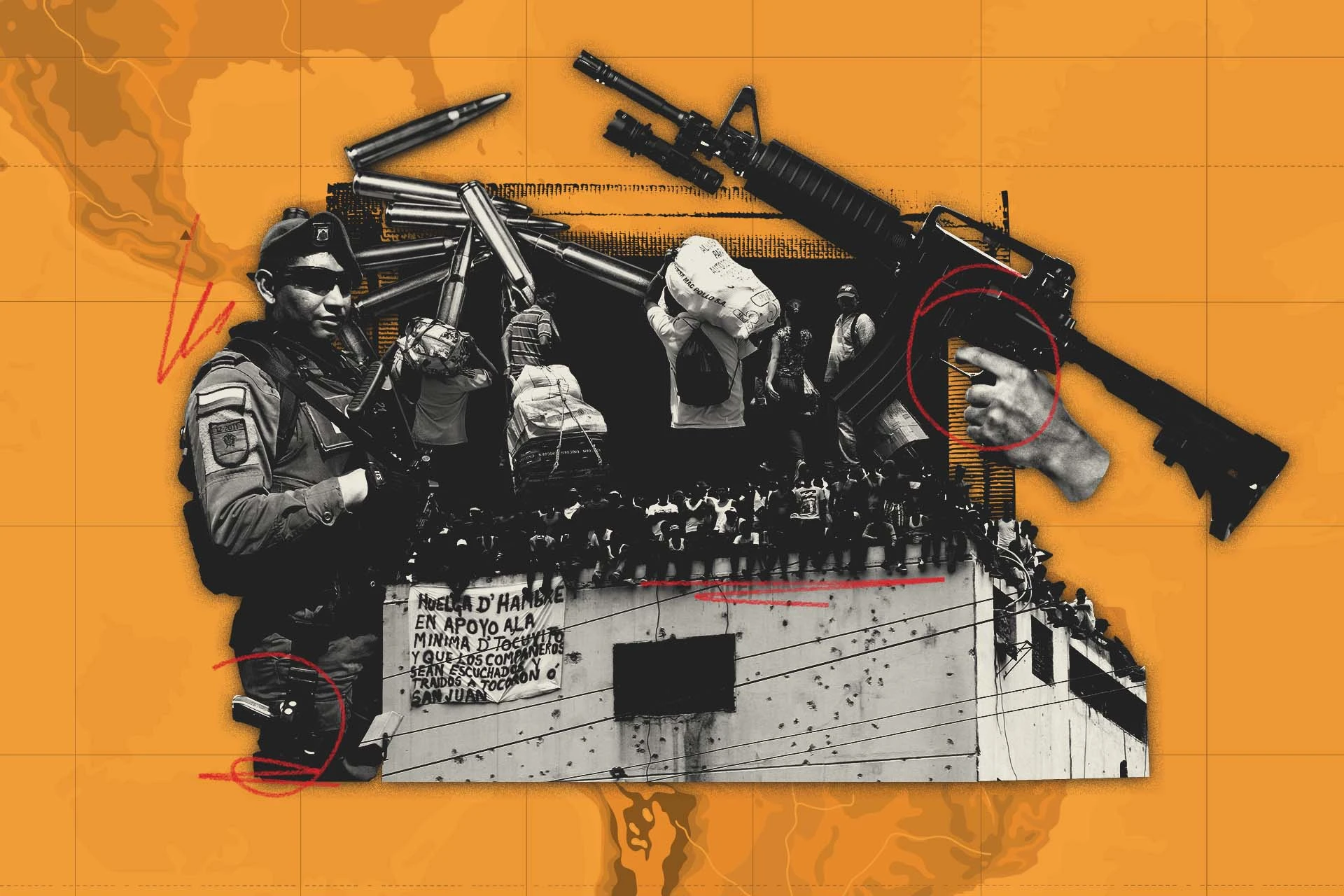Significant shifts are occurring in the cocaine market, with Colombia’s dominance as the leading producer waning.
A detailed study, based on leaked prosecution files highlights this change.
The United Nations reported that Colombia hit a record in coca cultivation and cocaine production in 2022. Despite this, various international groups are gaining influence.
Journalists, including Nathan Jaccard, spent months analyzing data from the Guacamaya hacker group.
They produced “Narcofiles,” revealing new trends in cocaine production and trade. The market is no longer static; it’s evolving rapidly.
Colombia’s once pivotal role in the drug trade is diminishing. Price drops and new global drug trends are affecting its status.
Other countries are stepping up, bringing their operations closer to markets. This strategy reduces costs and increases profits. It’s a shift towards outsourcing criminal services.

Colombian cartels, famous for figures like Pablo Escobar, are losing their grip.
The demobilization of the FARC guerrillas opened the door for new, more flexible criminal alliances.
Large groups like the Gulf Clan still operate, but a noticeable fragmentation reduces their influence.
New players from Mexico, Albania, Brazil, Ecuador, and Israel are emerging. They could soon rival Colombia on the global stage.
A memorandum between Colombia and Israel points to increasing criminal activities by Israelis in Colombia linked to sex tourism and drug trafficking.
Background
The banana industry’s involvement in cocaine export is growing. Smugglers use the urgency of shipping fresh produce to their advantage.
This connection has historical roots with some paramilitary groups.
The tri-border area between Brazil, Colombia, and Peru is becoming a cocaine hotspot. This region, once peaceful, is now a gateway for drugs entering Brazil.
Coca plantations are expanding, and environmental crimes are on the rise. Brazilian groups like the PCC and CV are forming alliances in these lawless areas.
These collaborations show the shifting landscape of drug trafficking alliances.
In summary, the cocaine market is experiencing a transformation. Colombia’s position is changing, and new actors are entering the scene.
This evolution reflects broader trends in global crime and economics. The world is witnessing a new era in the cocaine trade, marked by changing leadership and strategies.

